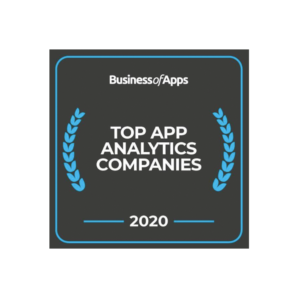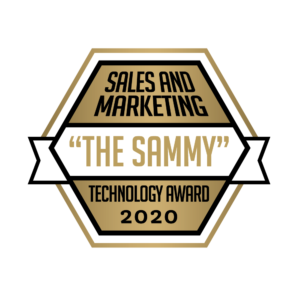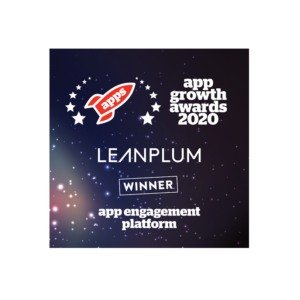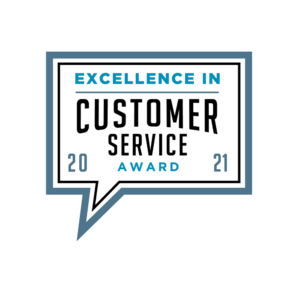Lifecycle Marketing
Interested in Leanplum?
What Is Lifecycle Marketing?
Lifecycle marketing is the process of engaging customers at every stage of their journey. In today’s increasingly digital world, the customer journey is incredibly complex. But it’s also full of opportunities. Businesses looking to make the most of every opportunity that the customer journey presents are now focusing on lifecycle marketing to achieve their goals.
When customers interact with a brand via a mobile device, the customer journey includes a wide range of different ways of connecting. Every one of these connections can then be measured, and changes can be made to improve the efficiency of these interactions. Typical areas of focus tend to include onboarding, engagement, conversion, reactivation, and loyalty.
How Does Customer Lifecycle Marketing Work?
Lifecycle marketing involves different strategies applicable to various stages in the customer journey to ensure that customers are not only acquired, but also converting frequently and re-engaging with the app over a long period of time. To get real lifetime value from each and every customer, marketers should treat every user as an individual, from the point of app download.
Take the onboarding process as an example. During onboarding, app teams can take customers through a concise tutorial to explain app features. Once they have signed up, brands can quickly begin delivering personalized content. Great customer lifecycle marketing doesn’t have to be incredibly complicated. It’s sometimes as simple as addressing users by their first name when push notifications are being sent out. Subtle changes like this can have a dramatic effect. In fact, studies have shown that new visitor conversions can increase by 18 percent in just two weeks when marketers engage in personalization.
After acquiring a sufficient amount of data, like a user’s age, gender, location, behavioral habits and more, marketers can go on to set up their customer journey lifecycle using mobile marketing automation.
Leanplum’s integrated analytics platform creates segments from user profiles based on the above-mentioned data. For example, a segment might consist of people who convert in the early mornings. This enables marketers to program their app to send out messages, such as push notifications or emails, which are specifically designed for a certain user profile. This helps save time and increase conversion rates.
Later on in the lifecycle journey, data may show that some users have not engaged or converted in a long time, whether from deleting the app or simply not opening it again after downloading. This stage is known as re-engagement.
Building Customer Relationships with Lifecycle Marketing
Lifecycle marketing is about establishing and building relationships with customers. A carefully considered method using analytics and the core customer journey to retain customers, increase purchases and create advocates.
Personalization at each stage of lifecycle marketing goes a long way and it’s critical to reach out to customers continuously during their buying journey.
- Welcome them: with in-app messaging, email or social media. Welcome them to your platform.
- Persuade them to act : if they’re interested but haven’t taken action this is a great time to offer solutions to the reasons they may be holding back.
- Remind and nudge: the prospects who looked but didn’t act may need some more information, don’t forget about them.
- Follow up: lifecycle marketing means you’re in for the long haul. Don’t sell and run. Give them even more reason to invest time and money with you again.
- Retain those customers: have a strategy in place to keep them interested. Customer experience is critical here.
- Keep customers updated: offers, news, fresh content or referral schemes. Make sure they know what’s happening.
- Promote: this is a great chance to personalise your outreach to customers and prospects.
- Loyalty member programmes: lifecycle marketing thrives on referral schemes and programmes that give customers a reason to keep coming back.
Lifecycle marketing is an ongoing process from welcome to re-engagement.
During re-engagement, marketers can set up automated notifications to target these users and capture their attention. For example, a notification from a flight finder app may alert a dormant user to sales on a popular route which they previously browsed. This resumes the customer journey and ensures the person returns – and carries on engaging with a brand and ultimately converting.
What Does Lifecycle Marketing Mean For Marketers?
For marketers, the value of customer retention is fast outpacing the value of customer acquisition. As the app marketplace continues to grow more competitive, customer acquisition becomes more expensive. Marketers are beginning to learn that it is a far better return on investment to acquire one lifetime customer than 10 dormant users.
Furthermore, marketers can use the data they have acquired from their active users to make future improvements to their mobile apps. Strategies such as A/B testing offer marketers the chance to give users two different versions of the same content, which in turn demonstrates what their audiences prefer and helps them edit the app accordingly. By engaging customers, marketers can save time, acquire more active users, and reap the benefits of increased return on investment.
To make the most of every customer moment from onboarding to re-engaging users, check out Leanplum’s Definitive Guide to Mobile Lifecycle Marketing.






